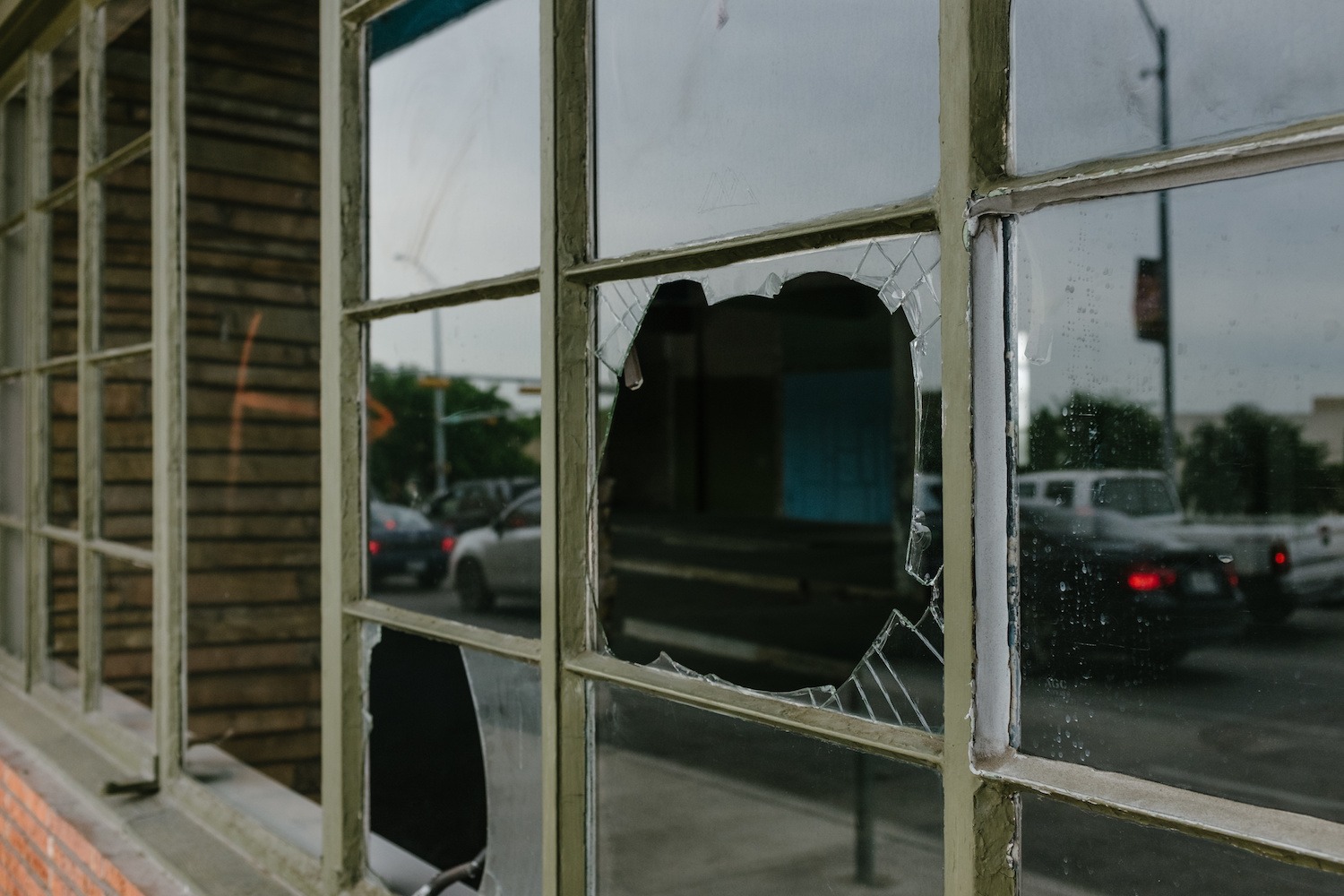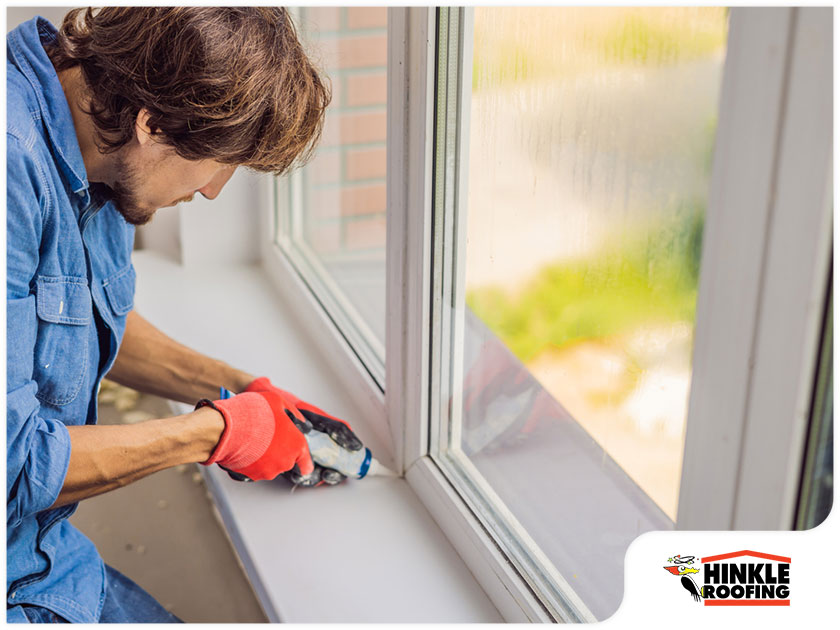

Dealing with common window problems is a crucial aspect of home maintenance. From pesky condensation to persistent drafts, these issues can significantly impact your home’s comfort and energy efficiency. Windows act as a critical link between the interior and exterior of your home, and addressing any problems will pay dividends in terms of comfort and cost-savings. This comprehensive guide will delve into the causes and solutions of condensation, drafts, and other common window issues. We’ll explore various solutions, from simple DIY fixes to professional installations, and equip you with the knowledge to address these issues effectively. Let’s embark on a journey to understanding your windows and how to maintain their optimal performance.
Understanding Window Condensation
Causes of Window Condensation
Condensation on windows is a common occurrence, particularly during colder months. It’s a natural result of the difference in temperature between the inside and outside of your home. When warm, moist air from your home encounters a cold window surface, the water vapor in the air condenses, forming water droplets. This can lead to water spots, mold growth, and potential structural damage if left unaddressed. Several factors can worsen the problem, including poor insulation, inadequate ventilation, and poorly sealed windows.
Preventing Window Condensation
Improving insulation around your windows is crucial. This can involve adding weatherstripping, caulking gaps, or even installing new, energy-efficient windows. Improving ventilation within your home, ensuring the moisture from cooking or bathing is expelled properly, can help to prevent excess moisture from accumulating and contributing to condensation.
Tackling Window Drafts
Identifying Draft Sources
Drafts from windows can cause significant energy loss and affect the comfort level of your home. These drafts can be identified by cold spots around windows, or by feeling the cold air directly through gaps or crevices. Older windows with worn or damaged seals, or incorrect installation are common causes. These gaps can allow the cold outdoor air to enter, and can also let warm indoor air escape which will increase your energy bill.
Sealing Draft Entry Points
Caulk and weatherstripping are your allies when fighting window drafts. They can effectively seal small gaps and cracks around window frames, preventing drafts from entering. Ensure that you have adequate caulking, and properly installed weatherstripping to prevent warm air loss and cold air entry.
Maintaining Window Efficiency
Regular Window Inspections
Regular window inspections are critical for maintaining their efficiency and longevity. Look for any obvious damage, like cracks or bowing frames. Inspecting the seals around the window for any tears, rips or looseness is very important. Periodically checking the weatherstripping and caulking around the windows is a simple way to ensure that you are preventing energy loss. This regular maintenance can prevent minor issues from escalating into major problems.
Addressing Window Issues Promptly
Addressing window issues promptly can save you money and discomfort. Minor issues like loose seals or worn weatherstripping can be easily and affordably fixed. Don’t ignore minor issues; tackling them promptly can save you from more costly, time-consuming repairs down the line. By keeping your windows in good repair, you maintain a comfortable indoor temperature and reduce unnecessary energy costs.
Choosing the Right Window Solutions
Energy-Efficient Windows
Investing in high-performance, energy-efficient windows is an excellent way to minimize drafts, improve insulation, and save money on your energy bills. Double-pane and triple-pane windows are significantly better at reducing energy loss compared to older window types. Consider the climate where you live and choose window materials that are best suited to your environment; this is critical to optimizing energy efficiency and preventing significant problems like window condensation and energy loss.
Professional Window Installation
Professional window installation is critical to maintaining the proper functioning of windows and ensuring the highest energy efficiency. A professional installation guarantees that the window is correctly fitted, sealing all potential gaps. This prevents drafts, which can dramatically impact your energy bills. Improper installation can lead to leaks and damage over time.
Advanced Window Maintenance Techniques
Improving Insulation around Windows
Consider adding additional insulation around the windows’ frames to further enhance their efficiency. Adding foam or expanding sealant to areas with loose or irregular gaps can add further protection against the elements. For extreme climates, consider using specialized window insulation kits.
Window Replacement Options
If you’ve dealt with consistent or recurring window issues, replacing your windows could be a good long-term solution. Replacing your old windows with new, more energy-efficient models can drastically reduce energy costs and improve the overall comfort of your home. Compare different options and consider potential costs before making a decision about window replacement.
Frequently Asked Questions
What are the most common causes of window condensation?
High humidity levels combined with cool window surfaces are primary causes of condensation on windows. Cold outdoor temperatures also play a role; when warm, moist indoor air comes into contact with the cold glass, it condenses into water droplets. Poor window insulation or inadequate ventilation can exacerbate the problem, increasing the risk of mold growth and moisture damage in the surrounding areas. Checking for leaks, ensuring proper ventilation in your home, and improving insulation around the window frame itself are important solutions.
How can I prevent drafts coming from my windows?
To reduce drafts around your windows, inspect your windows for any gaps or cracks. Caulk or weatherstrip any openings to block drafts. Consider investing in double-glazed or triple-glazed windows, which are often more energy-efficient and significantly better at preventing drafts. Proper installation is key; if your windows aren’t installed correctly, this can contribute to drafts. In the short term, use draft stoppers, or weatherstripping to temporarily reduce drafts until more permanent repairs can be made.
What are the signs of a damaged or inefficient window?
Obvious signs of window damage include visible cracks, gaps, or warped frames. If you frequently notice condensation or drafts, it could indicate a problem with the window frame or insulation. Your energy bills may also be a clue; an unusually high energy bill, especially during colder or warmer months, could imply your windows are losing or gaining heat or air conditioning inefficiently, and need to be checked to see if they need repair or replacement.
In conclusion, dealing with common window problems like condensation, drafts, and poor insulation is crucial for maintaining a comfortable and energy-efficient home. By understanding the causes and implementing appropriate solutions, you can significantly improve your window’s performance and your home’s overall comfort. Don’t hesitate to seek professional help if you’re unsure about any aspect of window repair or replacement. Contact a qualified window installer for a free quote and evaluation of your current window situation and consider preventative measures to reduce the likelihood of future problems, ensuring your windows maintain their efficiency for many years to come.